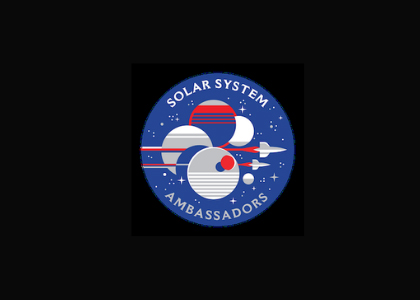
NASA Skywatching Tips August 2025
Last Updated on August 3, 2025 by Cass County Communication Network
Here’s an update from our local Solar System Ambassador Pam Roller:

Check out this link: https://science.nasa.gov/solar-system/whats-up-august-2025-skywatching-tips-from-nasa/
Skywatching Highlights
All Month – Planet Visibility:
· Mercury: Pops up above the horizon during the second half of August. Appears very low, below 10 degrees altitude.
· Venus: Shines very brightly in the east each morning before sunrise, about 20 to 30 degrees above the horizon.
· Mars: Can be observed low in the west during the hour after sunset, appearing about as bright as the brightest stars in the Big Dipper.
· Jupiter: Appears in the east each morning, together with Venus, but much less bright.
· Saturn: Observable late night to dawn. Rises around 10:30 p.m. early in the month, and around 8:30 p.m. by the end of the month. Find it high in the south as sunrise approaches.
Skywatching Highlights:
August 11 & 12 – Venus-Jupiter Conjunction – The two brightest planets have a close meetup over several days, appearing closest over two days on the 11th and 12th, at just a degree apart.
August 19 & 20 – Moon with Jupiter & Venus – A slim lunar crescent joins Jupiter and Venus — still relatively close in the sky after their conjunction. They appear in the east in the several hours preceding sunrise.
August 12th-13th – Perseids Peak – The celebrated annual meteor shower will be hampered by an 84%-full Moon on the peak night. A few bright meteors may still be seen in the pre-dawn hours, but viewing conditions are not ideal this year.
All month – The Dumbbell Nebula (M27) – One of the easiest planetary nebulas to observe, M27 appears within the Summer Triangle star pattern, high overhead in the first half of the night.
Credits: NASA/JPL/Caltech, Chelsea Gohd
